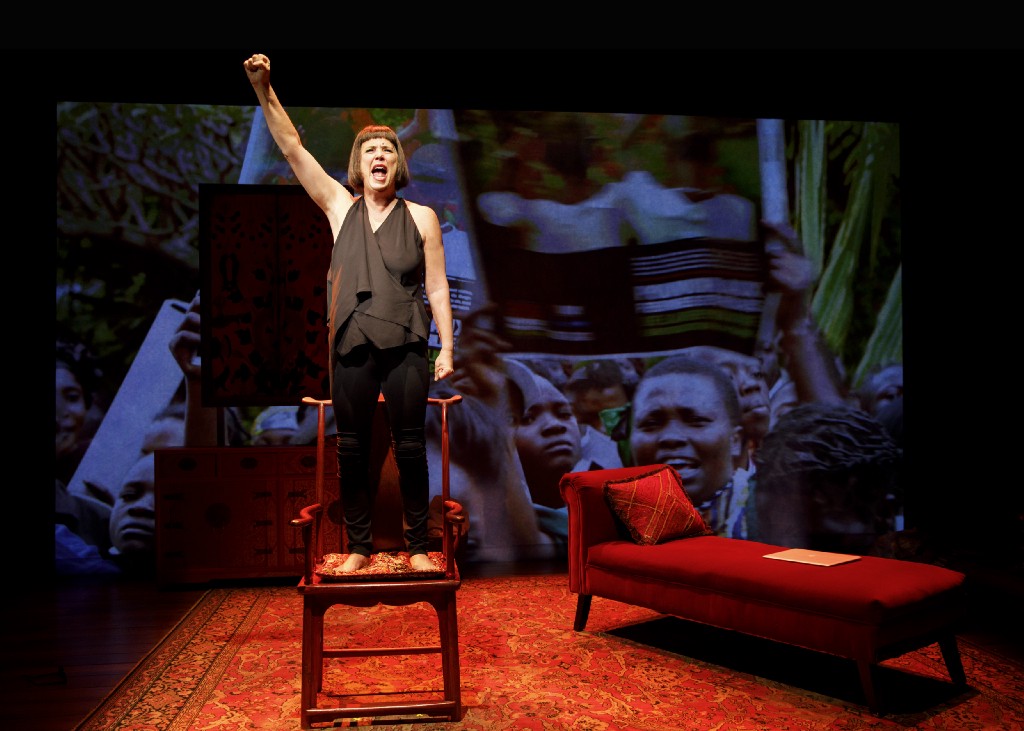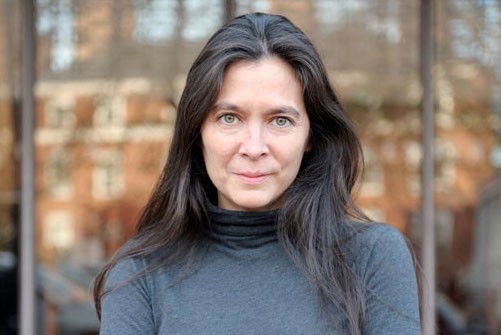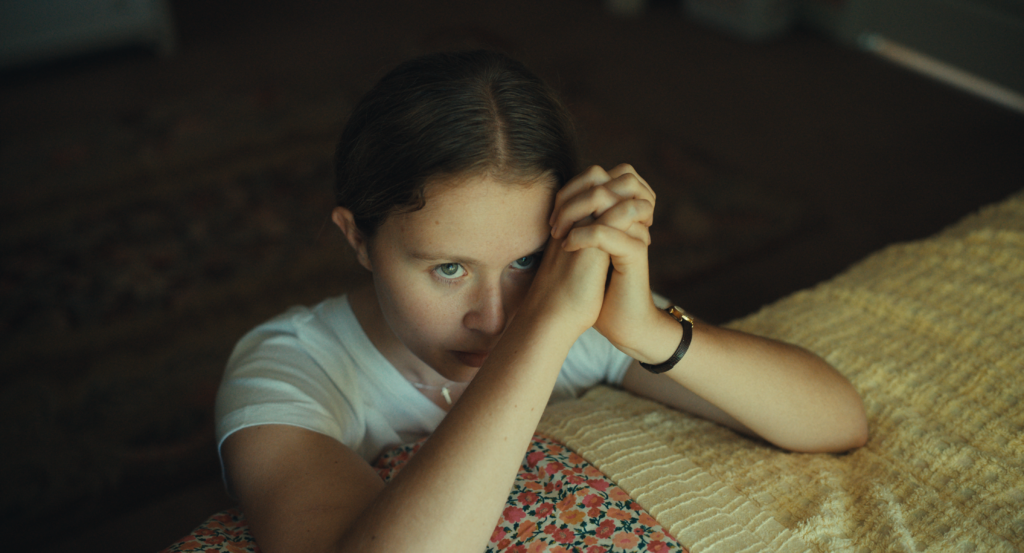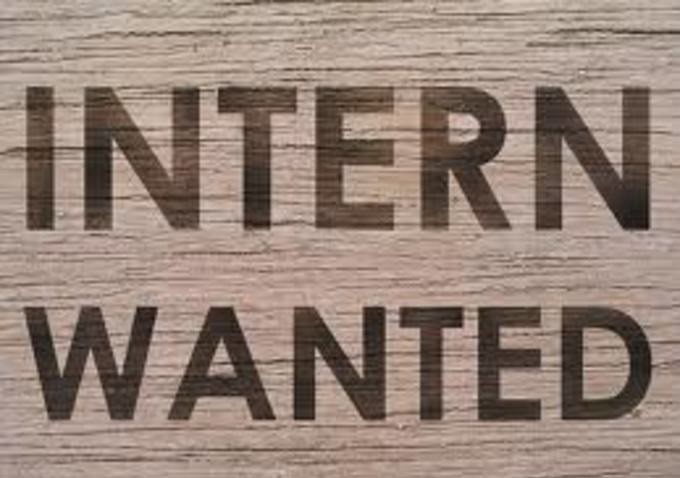Diane Paulus is a name most theatergoers are familiar with. She has directed productions of “Waitress,” “Finding Neverland,” “Pippin,” and “Porgy and Bess,” and serves as the Terrie and Bradley Bloom Artistic Director of the American Repertory Theater (A.R.T.) at Harvard University.
Paulus, a passionate proponent of hiring and working with women, has teamed up with “Vagina Monologues” playwright Eve Ensler on her latest show, “In the Body of the World.” The one-woman play is an adaptation of Ensler’s acclaimed 2013 memoir, which chronicles her experiences of working with women in war-torn Democratic Republic of the Congo and receiving a cancer diagnosis. The result is a very raw, personal, must-see piece of theater.
We recently talked to Paulus about her collaboration with Ensler, what “In the Body of the World” means to her both personally and professionally, and the artistic choices she made when bringing this story from page to stage.
“In the Body of the World” is currently playing at Manhattan Theatre Club. For tickets and more information, visit the venue website.
W&H: What is it like being a theater director today?
DP: I’ve wanted to be a director my whole life. I like to create things for people, and I love the collaborative process. It felt very natural to me. I’m also very much connected to being a woman and being a mother. My work is about facilitating everyone around me being their best self whether it’s an actor, a designer, my collaborators. It’s very important that we’re there to signal that women can be in these positions. I’m not conscious of it because it’s just what I do. It’s in my DNA but I also know that people appreciate it — younger and older — and are impressed because I’m running a theater [A.R.T.] or directing a big Broadway musical. That’s when I think, “Okay, this is rare and important.”
I’m very attuned to reflecting the world we are living in. Because when I’m in these leadership positions, I get to hire people. I get to bring people to the table and that’s what’s important. My belief is that theater reflects the world we live in, and it’s the 21st century. Women are at the top of their field in all these roles. Whether it’s writer, director, composer, lyricist, music director, choreographer — women are there.
W&H: “In the Body of the World” is an exquisite and very personal piece of theater. Why is it important to bring this play to the stage now, in 2018?
DP: I have made a choice to dedicate my life to the arts and specifically to the theater, so I am always asking why the theater at any given moment? And I think right now, in 2018, opportunities to create space where we can come together in a room, breathe the same air, listen, empathize, connect through someone’s story is vital. It’s the necessary condition that we have to make space for at a time when it’s so easy to disconnect, so easy to despair, so easy to be numb.
This cultural revolution that is happening feels like it’s happening finally. I feel it. My interest in it is, how do we make everyone feel included? How can this be a moment for all people who have suffered from sexual violence or harassment?
W&H: What was it like working with Eve Ensler?
DP: What I love about Eve as an artist, as an activist, first and foremost, is that she walks the walk. She lives her story, her beliefs, her passions. I think this work is the most personal writing she’s ever done, and through that, I think she invites an audience to go there — it’s not about looking away, she’s saying, “Look inside. Open up. Look at your body. Go to the place where we want to turn away but look at it.” She, through her own story, says it’s scary.
Eve really embraces the humanity around what that takes and yet she says, “If you do that, there is a possibility, inside, of joy.” It’s this combination of not looking away at the hardest things in our lives, our relationships, the world because she invites us all and challenges us to really, really look. She takes us through something. We have to dare to look, dare to connect, because if we do, there is so much joy possible. She’s such a believer in that connection. She’s really energized because it’s a lot on her to relive all this. But she does because there’s a catharsis to get to the other side.
W&H: You must have shed so many tears during rehearsals.
DP: This story is very personal for me. My mother had colon cancer, so much of the story was very real for me. Sadly, she did not survive. This was 20 years ago, and I know how things have changed. There were things that were not as known as they are now. It was actually very healing to work on this. When you encounter cancer, whether it’s yourself or a loved one, you just know that there are so many people who navigate this kind of trauma in the body. To hear Eve take us there was another kind of catharsis.

W&H: Can you please talk about the play’s evolution.
DP: I was talking to Eve about giving her work a home and creating projects. She deserved it. She had, of course, just written a memoir that was so warmly received and was being translated in so many countries. She gave me a copy of the book and I read it in one read, standing practically. So I asked to commission it to make it into a theater piece, and she agreed. I said I would love to personally work on it as director and we agreed to that collaboration.
I’ll never forget showing up at her loft, which figures in the memoir and is the inspiration for our set. The red velvet chair and the wooden chair, it was all right out of her loft. I told her to just read her story aloud. Through tears, sections of the books she could barely make it through, and maybe five hours later, we finished.
W&H: What were some of the artistic choices you made while working on bringing this play to the stage?
DP: I knew the play couldn’t be that long, so it became this process of editing from the memoir, taking the language — making it more present tense, making it more theatrical — creating an arc of the stage play which is done like a piece of music in three sections. Somnolent then burning then second wind is how we organized the evolution and then we chose what we could do that didn’t need language because that’s the language of the theater.
What could be through music, through gesture, through physicality, through video. How could we go to all the places that she takes us in the memoir? I really wanted it, at its core, to be Eve speaking to us. I wanted the audience to feel like they were in the room, that they were invited, like I was, to her loft. That it was personal, breaking the fourth wall. She was talking to us. That’s how we made it. It was a year of editing, cutting, throwing pages on the floor, trying it this way, reading it out loud, editing, and creating the script.
W&H: Was this your first one-woman show?
DP: I had never done one before. It’s usually not where I gravitate in the theater. I tend to love big companies and ensembles, and I love shows with lots of people in them because that’s the kind of work I’ve done to date. But working with Eve never felt like a one-woman show. When you work with Eve, the whole world is in the room. That’s the experience. There she is, and there I am. Woman to woman, in the room. Artist to artist creating it but she brings the world into the room through her writing, through her being. We would rehearse a section of the play and it would lead into conversations about what’s happening in the world today. It was just this cathedral of ideas constantly that were flowing, this conversation that was happening.
W&H: What was your biggest challenge with this show?
DP: Well, Eve is mostly known for her performance art — sitting on stools, reading from cards. I told her that I thought she would memorize her lines and that she would act the hell out of it. This was a show [where] you can’t be at a distance. It’s about being in your body and we have to make that happen. It wasn’t a challenge, but it was work.
W&H: Was it your idea for her to show her breasts in the pivotal diagnosis scene?
DP: We wanted to go to the hospital gown because there was something evocative about being in that hospital gown. There was something about showing the body right up front. I remember she looked at me, and said, “We’re going there?” and I said, “Yes, we are.”
I just felt it was about saying, “Here I am.” You’re so vulnerable when you go to the hospital and I thought we had to see the body.
W&H: What are your hopes with the show? Have you changed as a result, personally or professionally?
DP: Eve changes lives. That’s what she does. Just because of who she is. Because of the way she lives her life and the compassion she has. You can’t help but be affected by that. She’d bring me books to read. She just blew my brain wide open in terms of ideas, and the universe has become so much more deeper and connected over the past few years of getting to work with her.







